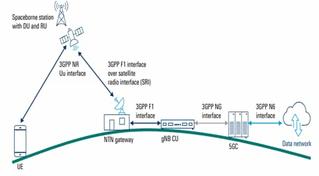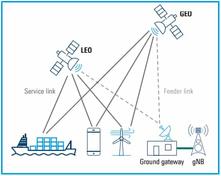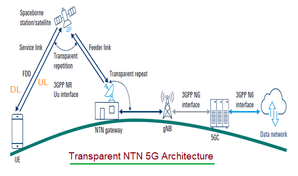Difference between Hard vs Soft Feeder Link Switch
Advertisement
Introduction : In 5G NTN, the feeder link connects the satellite to ground gateway station, which provides access to the 5G core network. As non-geostationary satellite (LEO/MEO) moves, it eventually leaves one gateway connectivity and enters another one’s. When this happens, the network must switch the satellite’s feeder link from one gateway to another. This process is called feeder link handover or feeder switch. There are two main types viz. hard feeder switch and soft feeder switch. Let us explore key differences between them.
Hard Feeder Switch Type
- A hard feeder switch is when the satellite disconnects from the current gateway before establishing a new connection with the next gateway.
- It functions as “break before make” switch.
- Simpler to implement, requiring less coordination between gateways.
- Can cause temporary data loss or delay, so buffering or retransmission may be needed.
- Used in non time critical applications or where simpler design is preferred.
Soft Feeder Switch Type
A soft feeder switch is when the satellite establishes a new feeder link with the next gateway before releasing the existing one.
- It functions as “make before break” switch.
- Both feeder links (old and new) may be active simultaneously for a short period.
- Requires complex coordination and possibly dual feeder link capability on the satellite.
- Provides continuous service, no data interruption and higher reliability.
- Used in real time or delay sensitive services (e.g., voice, video).
Summary: A hard switch causes a service outage, while a soft switch provides a seamless transition.
Advertisement
 RF
RF

